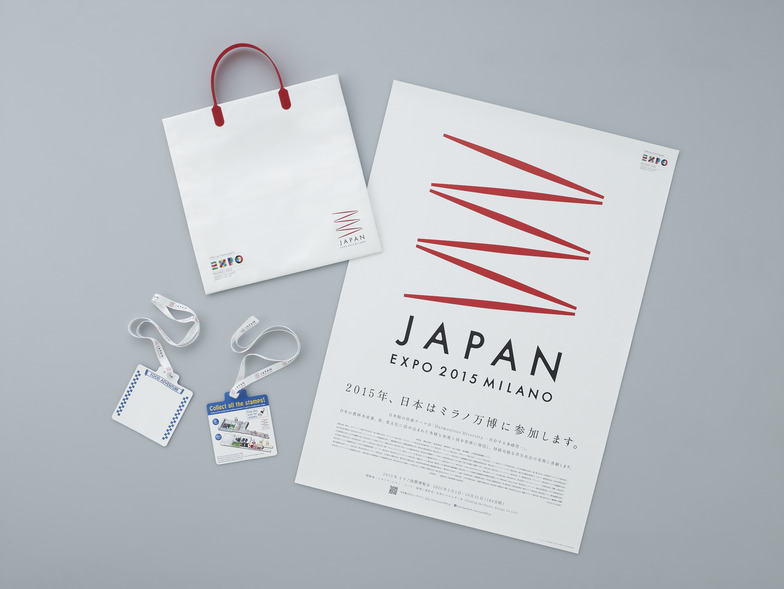Note: This website was automatically translated, so some terms or nuances may not be completely accurate.
LIMEX: A New Material Balancing Ecology and Economy Atsuyoshi Yamazaki

Yamazaki Atsuyoshi
TBM Co., Ltd.
Was this article helpful?
Newsletter registration is here
We select and publish important news every day
For inquiries about this article
Author

Yamazaki Atsuyoshi
TBM Co., Ltd.
Representative Director and CEO (Chief Executive Officer)
After founding a used car dealership at age 20, he launched multiple businesses. In his 30s, he resolved to create a trillion-yen enterprise that could compete globally, endure for 100 years, and contribute to human happiness. To bridge the era, he established TBM. In 2018, TBM ranked 4th in valuation among unlisted Japanese companies and 1st among R&D-focused firms in the Nikkei "NEXT Unicorn Survey." Winner of the Japan Venture Awards 2016 "Great East Japan Earthquake Recovery Award." Winner of Plug and Play 2016 "Social Impact Award - Company with the Greatest Social Impact on Society." In 2017, received the Japan-US Innovation Award at Stanford University. Featured on the 10th anniversary 500th episode commemorative program of Nikkei Special "Cambrian Palace."


